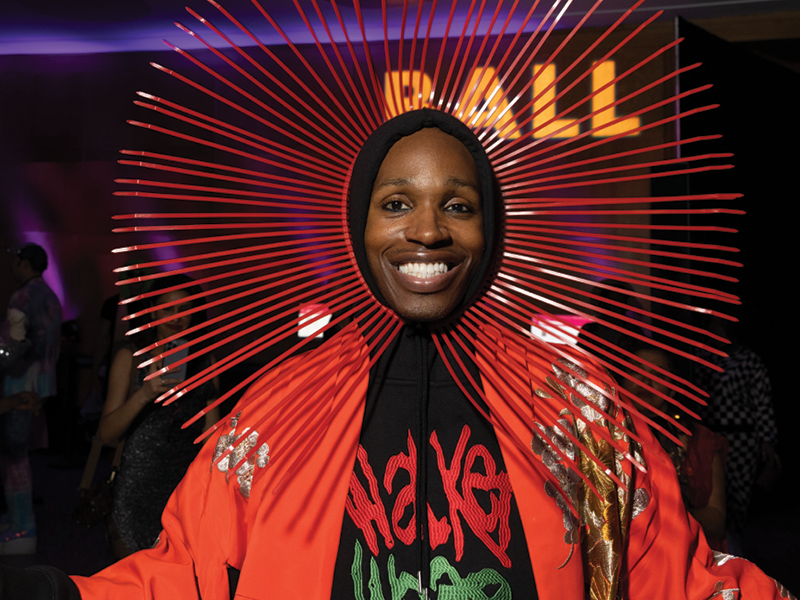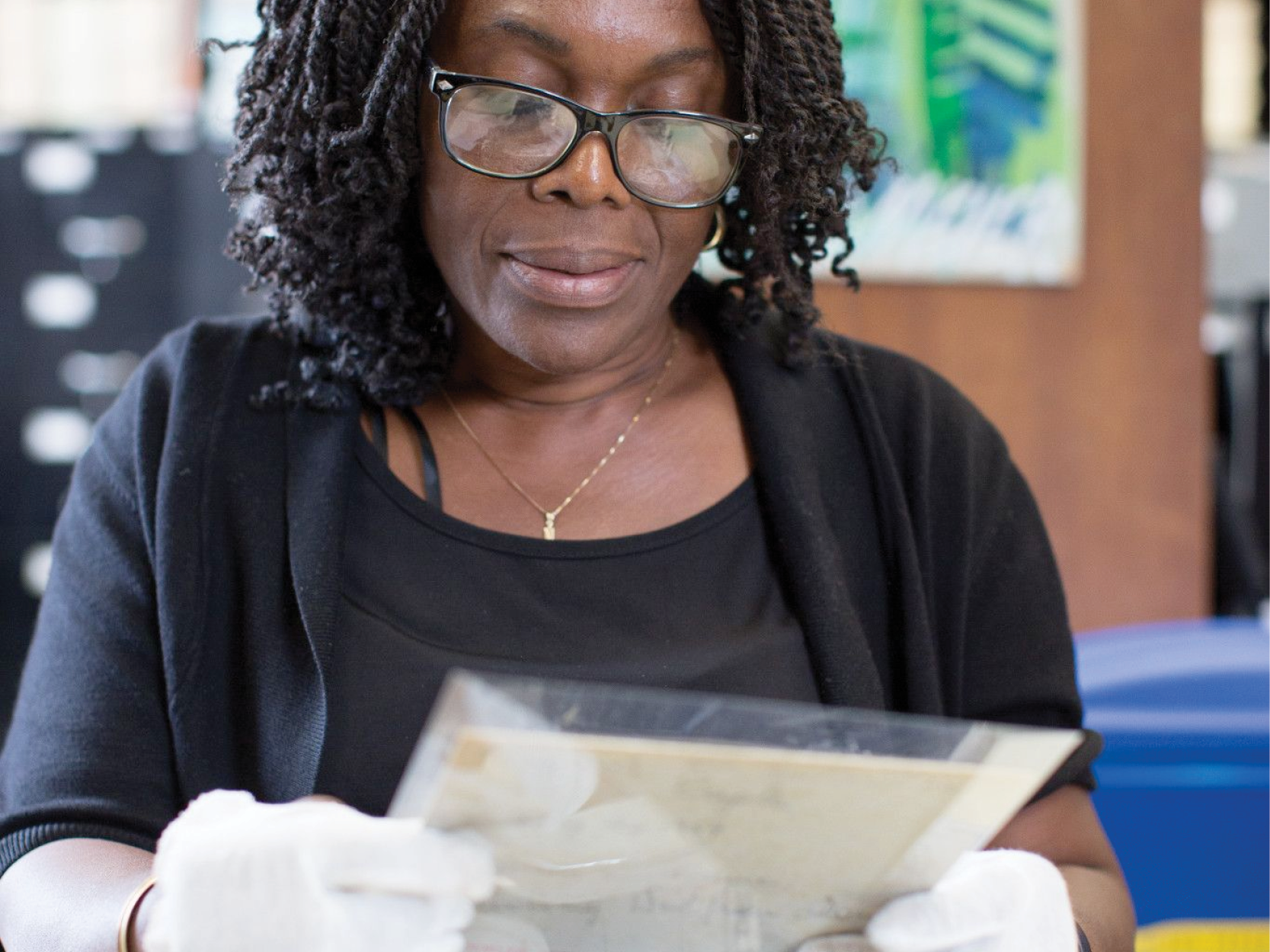Every year, the National History Day contest provides students with an opportunity to dive into research related to an overall theme and present their findings in a variety of formats at their regional contest. We’re thrilled to host the regional contest for New York City at the Center for Brooklyn History in the 2021-22 school year, and we’ve been using the summer break to brainstorm some of our favorite topics related to this year’s contest theme.
This year’s theme is Debate & Diplomacy in History: Successes, Failures, Consequences. You can read more about the theme at nhd.org/theme. We understand the theme as focusing on people, events, and communities that have played a role in struggle, dialogue, negotiation and -- maybe -- resolution. We think a lot about the different tools and tactics for debate and diplomacy, and how we can learn these from history. A great National History Day topic finds ties to both debate and diplomacy. We’ve highlighted a few related topics from Brooklyn History that you might enjoy exploring further.
The Civil Rights Movement in Brooklyn
One of our favorite topics to research is the history of the Civil Rights Movement right here in Brooklyn. Groups like Brooklyn CORE engaged in fierce debate over housing rights, employment rights, and much more. And, they engaged in a variety of diplomacy tactics, from sit-ins and stall-ins to picketing and, quite literally, leaving the trash on the city’s doorstep. Learn more about all of this in our Civil Rights in Brooklyn Primary Source Packet.

The Brooklyn Bridge and the Roebling Family
While the Brooklyn Bridge is such an iconic part of our city’s skyline today, it initially faced fierce debate as to whether such a structure was even possible. And, after a series of health tragedies, Emily Warren Roebling proved a formidable female leader on the project and a keen diplomat when relaying her husband’s plans to his team of engineers. Learn more in our curriculum kit, image cards, and worksheet set.

Abolitionists in Brooklyn
Brooklyn’s abolitionist movement grew following the Revolutionary War, and debate in the legislature led to a 1799 statute to gradually abolish slavery. This only impacted New York State, however, and abolitionists continued to engage in a variety of tactics to support the emancipation of enslaved people from other parts of the country. Check out our Slavery, Abolition, and Freedom in Brooklyn Primary Source Packet to start your research.
Immigration Reform and the Hart-Celler Act
Emanuel Celler, a Brooklyn-based member of the House of Representatives for almost fifty years, played a key role in important debate over immigration policies in the United States. Starting in the 1920s, the United States had based immigration quotas on a racially discriminatory formula. Emanuel Celler fiercely opposed this quota system and engaged in debate with his colleagues about this issue for four decades. He was finally able to introduce a bill in the 1960s to repeal it; this eventually passed through channels of diplomacy as the 1965 Immigration and Nationality Act, also known as the Hart-Celler Act. Start your reading about Emanuel Celler in our collection finding aid.
Mobro 4000: the garbage barge from Brooklyn
If you’re looking for a topic that is a little bit trashier, we’ve got just the thing for you. The Mobro 4000 gained infamy after sailing 3,168 tons of New York City and Long Island trash as far as Belize, all while politicians and the public argued over what to do with it. Finally arriving back in New York City, representatives from every borough engaged in diplomatic measures to make sure it wouldn’t be their problem. Political deadlock was resolved by, quite literally, burning it all down. Start your reading and dive into some primary sources with our blog post, If You Can Make It Here, They Won't Take It Anywhere.

Interested in learning more about the New York City History Day contest? Send us an email or check out our website, and get ready for some exciting history research!
This blog post reflects the opinions of the author and does not necessarily represent the views of Brooklyn Public Library.
Post a Comment
While BPL encourages an open forum, posts and comments are moderated by library staff. BPL reserves the right, within its sole discretion, not to post and to remove submissions or comments that are unlawful or violate this policy. While comments will not be edited by BPL personnel, a comment may be deleted if it violates our comment policy.
eNews Signup
Get the latest updates from BPL and be the first to know about new programs, author talks, exciting events and opportunities to support your local library.







